Welcome to COMD 1123, Foundation Drawing.
On this site, you will have access to all course materials, assignments, and additional helpful resources. Here you will also be able to participate in discussions and share work in progress with your classmates
To get a quick start, please check out HOW TO NAVIGATE THIS SITE.
Carefully read the directions below to get started. Also, please check out the UPLOADING INSTRUCTIONS POST on how to post to this site.
Getting Started:
Login to your OpenLab account to join this course. Follow these instructions if you need help joining this course.
If you’re new to OpenLab, follow these instructions to create an account and then join the course.
Remember that your username and display name can be pseudonyms, rather than your real name. Your avatar does not need to be a picture of your face–just something that identifies you on the OpenLab.
Questions
If you have any questions, about the class or me, go to the Contact Info page.
If you need help using the OpenLab, you can consult OpenLab Help or contact the OpenLab Community Team.
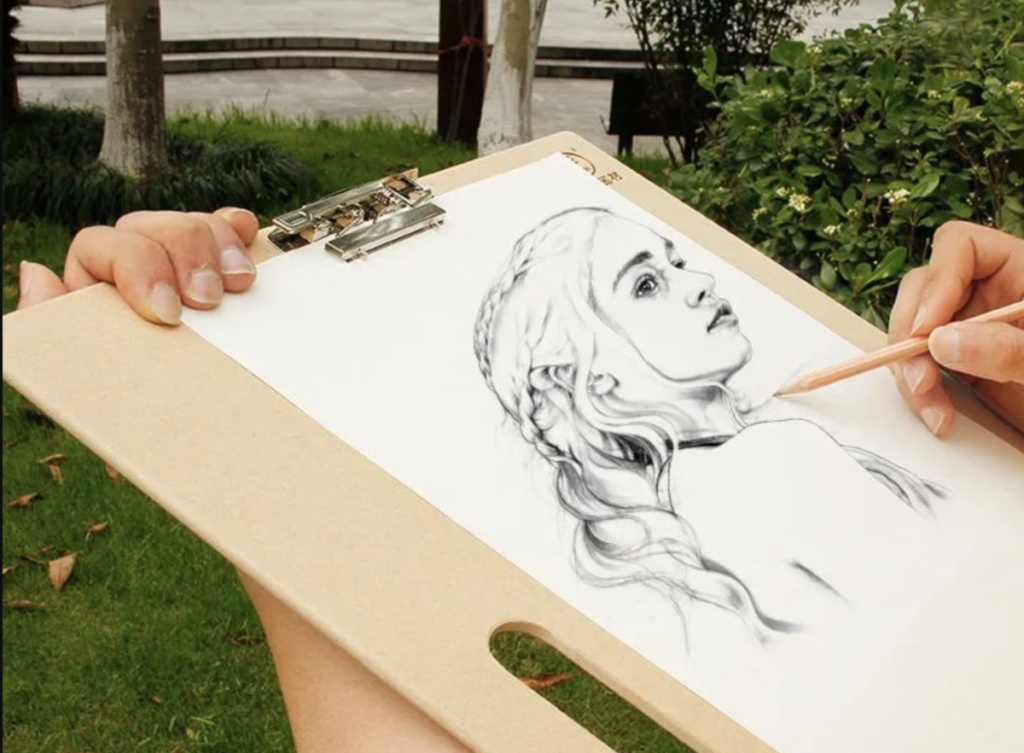


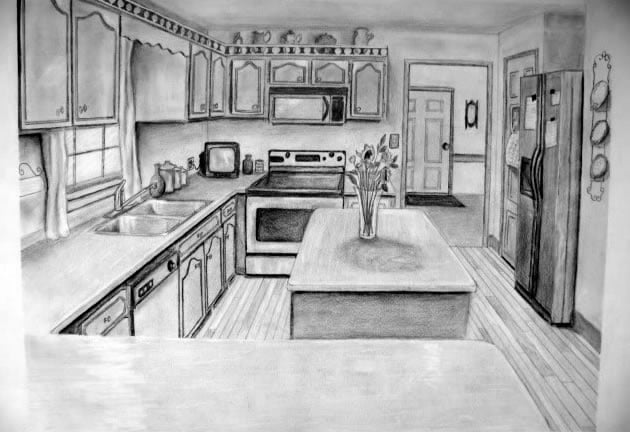


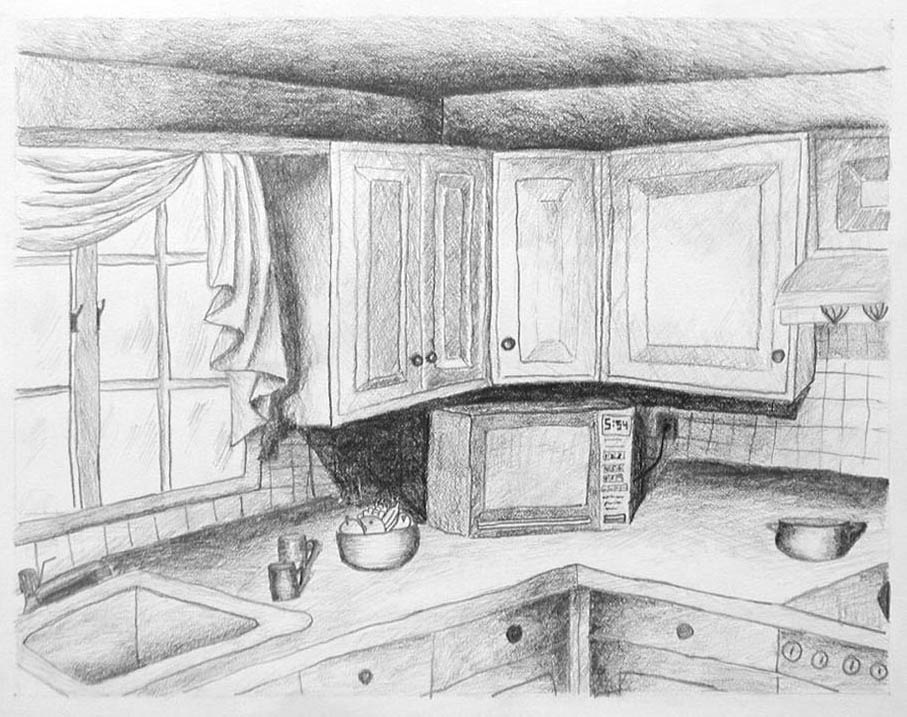
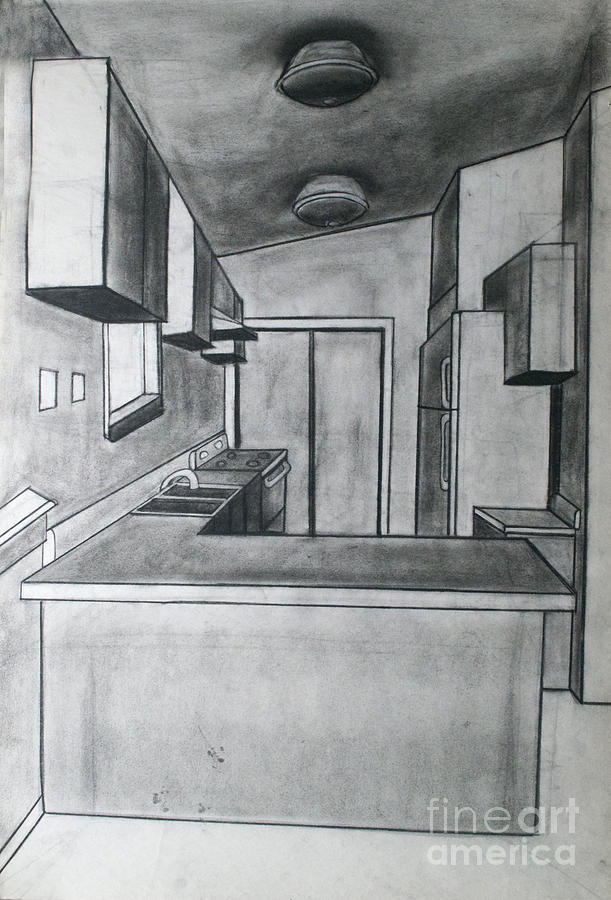
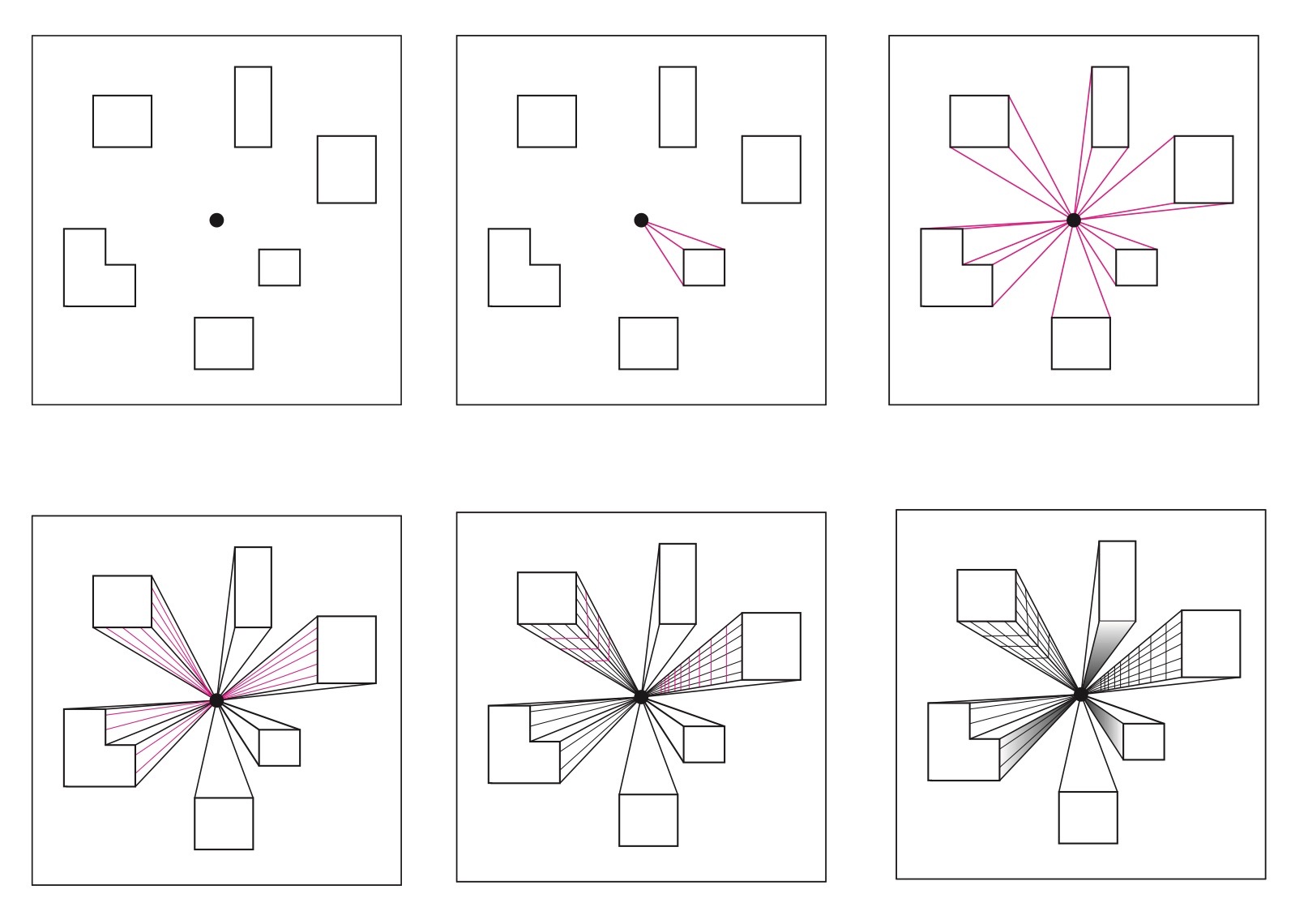

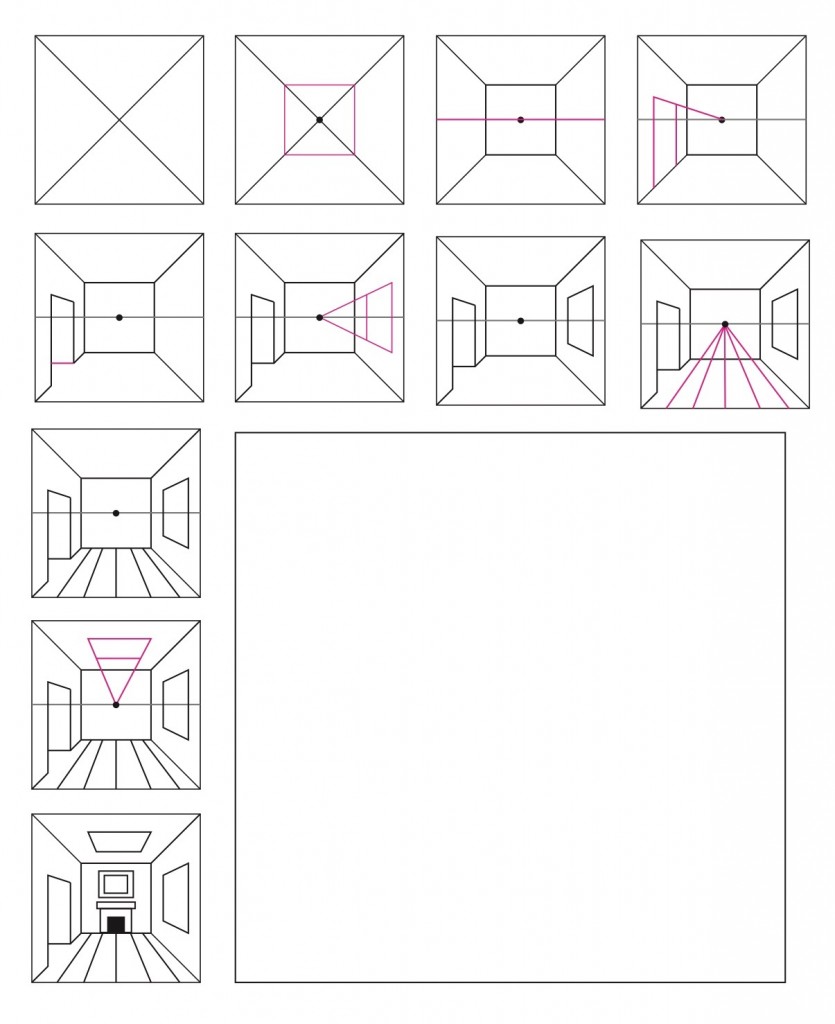
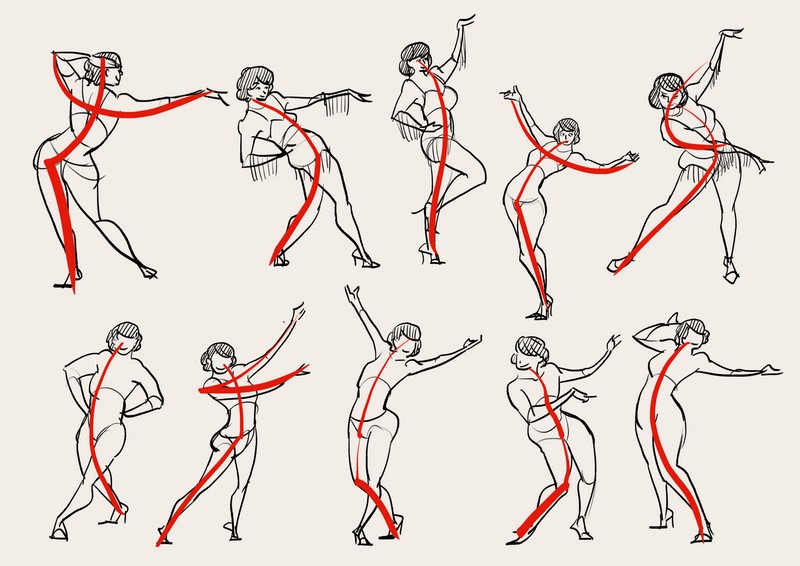

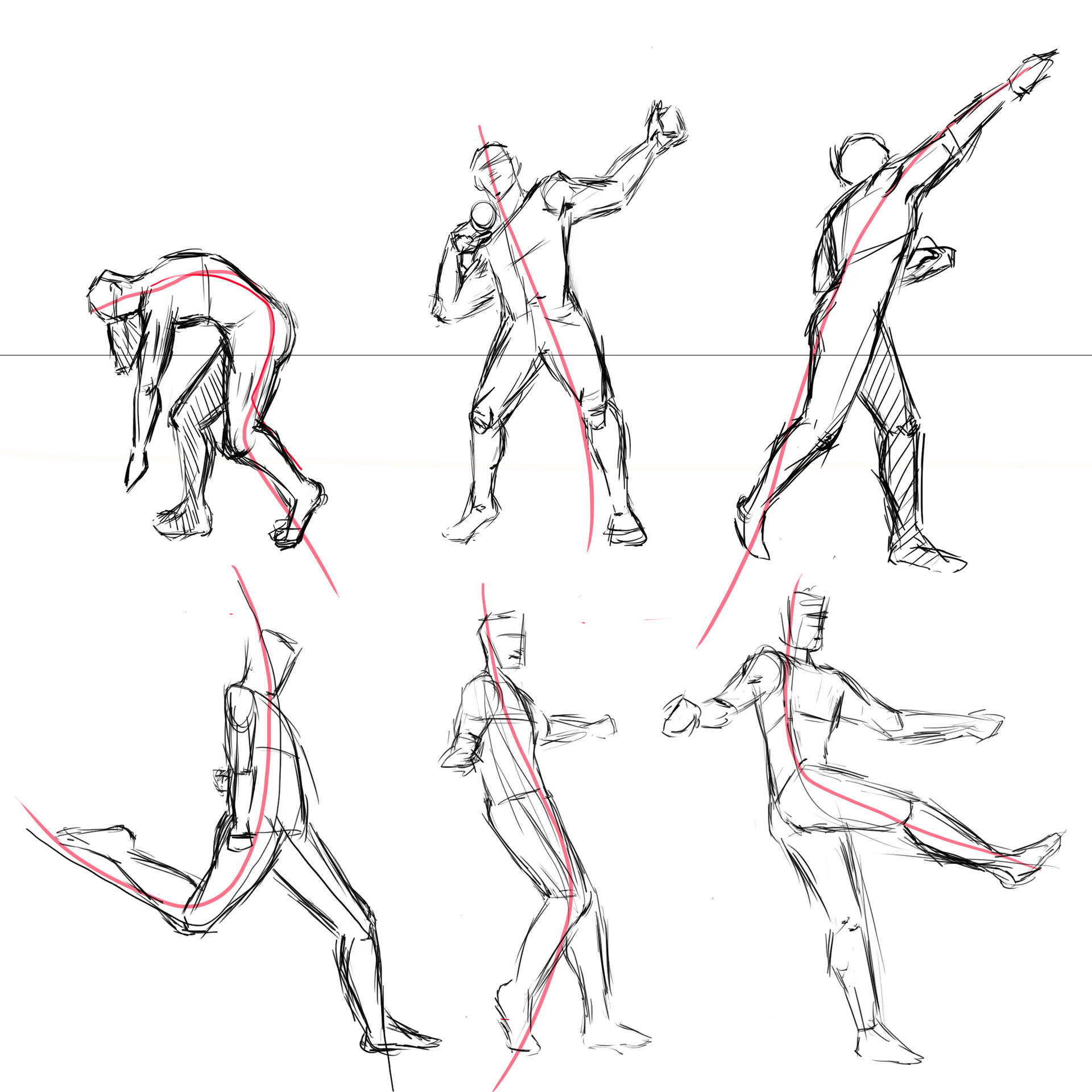
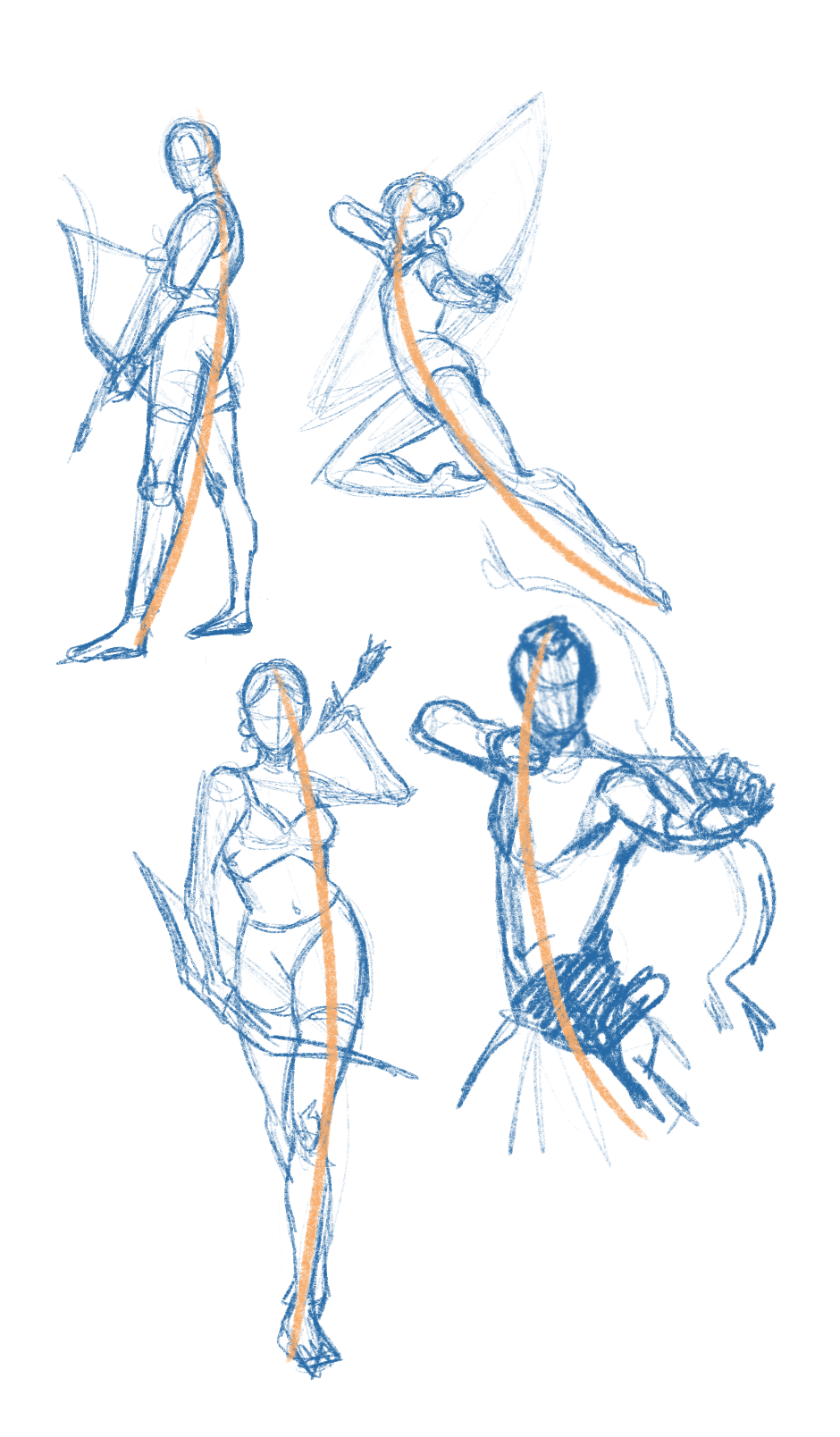

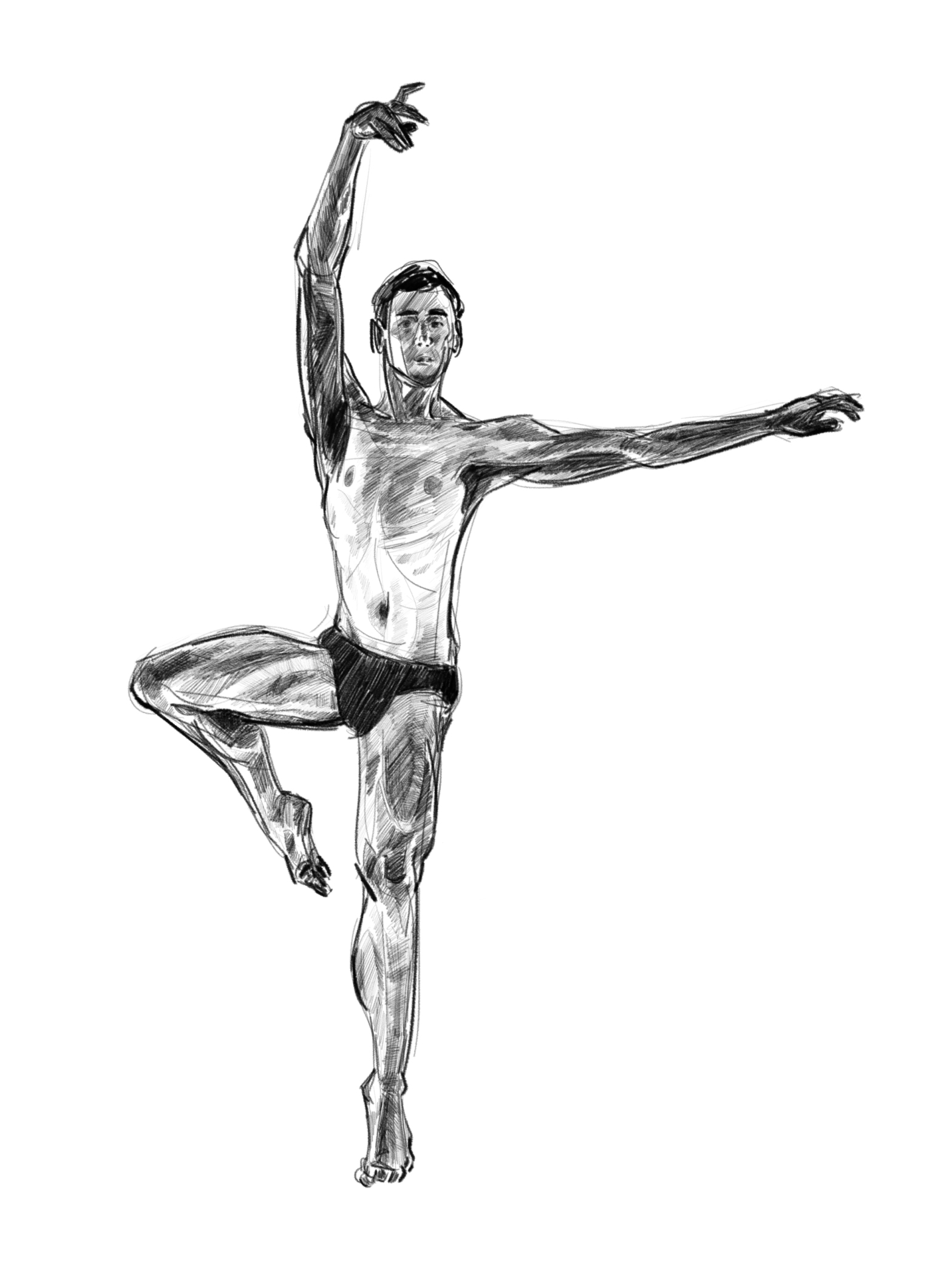

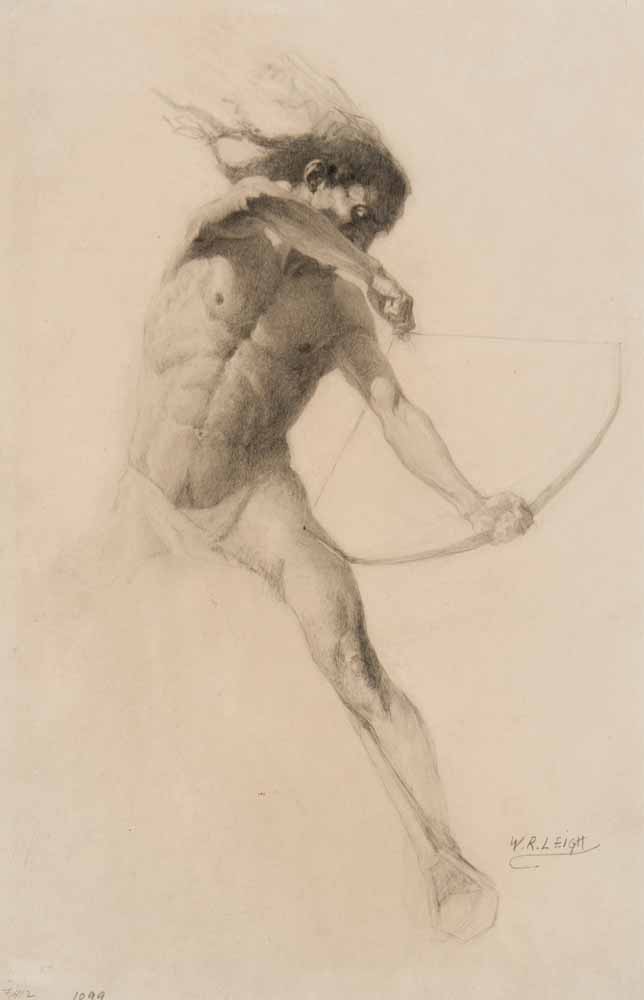





Recent Comments